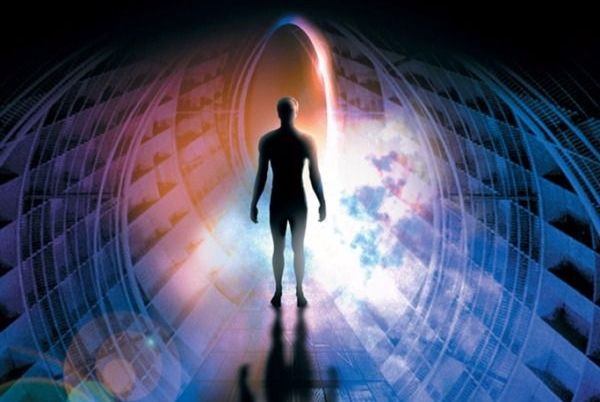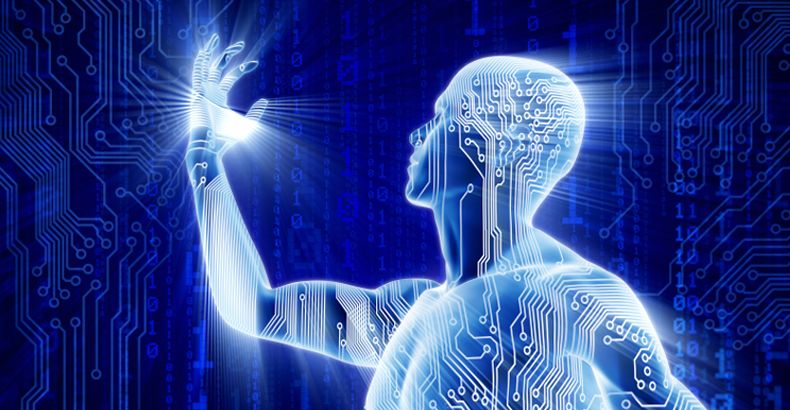Breakthroughs in biometric science mean future troops will fight with weapons that understand them — inside and out.
Imagine a group of volunteers, their chests rigged with biophysical sensors, preparing for a mission in a military office building outfitted with cameras and microphones to capture everything they do. “We want to set up a living laboratory where we can actually pervasively sense people, continuously, for a long period of time. The goal is to do our best to quantify the person, the environment, and how the person is behaving in the environment,” Justin Brooks, a scientist at the Army Research Lab, or ARL, told me last year.
ARL was launching the Human Variability Project, essentially a military version of the reality- TV show Big Brother without the drama. The Project seeks to turn a wide variety of human biophysical signals into machine-readable data by outfitting humans and their environment with interactive sensors.









